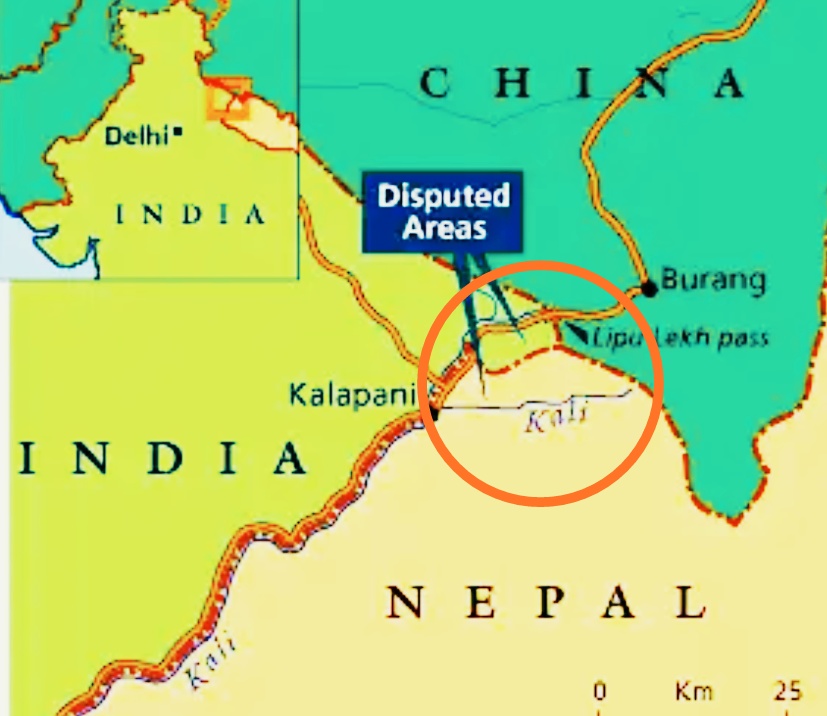7667766266
enquiry@shankarias.in
Patola Saree
Khadi and Village Industries Commission (KVIC)
Pink City Jaipur
Markandeshwar Temple
Review of Education Initiatives of Ministry of HRD in 2019
EVALI Disease
Extraocular Vision
Kalapani Issue

Source: The Hindu, PIB and Indian Express